Demand for alcohol treatment services in Victoria has soared 50 percent in Victoria since the COVID-19 pandemic.
The news has prompted the Victorian Alcohol and Drug Association (VAADA) to call for more support from the government in the budget as alcohol treatment waitlists soar.
The analysis of data, released by the Australian Institute of Health and Welfare (AIHW), shows more than 30,000 people sought alcohol treatment in the 2023 financial year.
This figure was 50 percent higher than the data set in 2019 to 2020, before the impact of severe COVID-19 lockdowns had impacted the community.
“In Victoria, during the financial year 2022/23, there were 92,888 treatment episodes, the highest on record. Moreover, that year also saw the highest number of alcohol related treatment episodes at 30,859 being a 50 percent increase on the pre pandemic figure of 20,326 (2019/20),” the VAADA said.
The VADA, which is the peak body representing Alcohol and Other Drug (AOD) services in Victoria, said the report “confirms” the alcohol and other drug system in Victoria is overwhelmed.
Alcohol Treatment Wait Lists the ‘New Normal’
Chief executive officer Chris Christoforou explained long wait lists were becoming the “new normal” within the state.
“We know that waitlists have increased 40 percent since the pandemic with, on any given day, almost 3,500 people waiting for AOD treatment in Victoria. This is now the new normal,” he said.
“With treatment demand at its highest ever levels and alcohol harms surging, there is a pressing need to ensure that people who are seeking help for alcohol and drug dependence can readily access support.”
Mr. Christoforou said to cub this toll and manage soaring demand, there is a need for bigger investment in alcohol and drug treatment capacity in Victoria.
The VAADA leader said alcohol continues to pose a “dire cost” to the Australian community, accounting for 4.5 percent of the national disease burden.
“The billions of dollars in tax collected by the Commonwealth Government from alcohol sales each year, need to be directed back into health services and community programs that address the human cost of these products,” he said.
Overall in Australia, the Australian Institute of Health and Welfare figures showed alcohol and drug use treatment episodes have risen 30 percent since 2013 and 2014.
The most common treatment type sought by individuals was counselling services. Clients on average required nearly four weeks, or 27 days of treatment in 2022 and 2023.
Clients who received counselling sought help for 67 days, while withdrawal management support lasted just eight days.
“For people who received support for their own alcohol or drug use, the median duration was 43 days for rehabilitation, 38 days for support and case management, eight days for withdrawal management, and three days for an assessment only,” the report noted.
“Among all treatment episodes, the median duration was 67 days for clients receiving counselling.”
VAADA said the report confirms the “consensus view” that alcohol related harms have increased significantly following the pandemic.
Alcohol Companies ‘Took Advantage’ of the Pandemic
Meanwhile, the Foundation for Alcohol Research and Education (FARE) has also flagged concerns about alcohol harms during the COVID-19 pandemic.
In a submission (pdf) to the federal government’s COVID-19 inquiry, the foundation said several data sets show alcohol harms are rising across the country.
The foundation pointed to AIHW data showing the number of people seeking alcohol treatment services was at the greatest level in a decade.
They further highlighted data from the Australian Bureau of Statistics data showing a 9.1 percent rise in alcohol-induced deaths.
“This is the fourth consecutive year there has been an increase in the rate of deaths from alcohol in Australia and is also the highest rate of deaths in a decade,” the foundation said.
“The rate of deaths increased from 5.4 deaths per 100,000 to 6.0 deaths per 100,000. There were 1,742 alcohol induced deaths recorded in 2022, up from 1,578 deaths in 2021.”
The foundation also drew attention to what they described as “predatory marketing” from alcohol companies, putting people at risk of harm.
“During COVID-19, alcohol companies and retailers took advantage of the pandemic to sell more alcohol,” the foundation said.
“Alcohol companies invested significantly in digital marketing and in expanding their capacity to deliver alcohol, outpacing privacy and marketing regulation.”
Further, they noted alcohol companies used the COVID-19 pandemic to market to people who were “most vulnerable.”
“An analysis of alcohol ads on meta platforms, just after stay-at-home restrictions were introduced, found nearly three-quarters of ads (71 percent) explicitly or implicitly referenced the COVID-19 pandemic,” the group noted.
“Two-thirds (66 percent) of the alcohol ads also had a ‘Shop now’ or ‘Get offer’ button linking directly to their online store.”
The federal government’s COVID-19 Response Inquiry has received more than 2,000 submissions, a response the panel described as “overwhelming.”
“There was a common theme in the submissions of wanting to capture the lessons learned, before they were lost to the passage of time,” the panel noted.

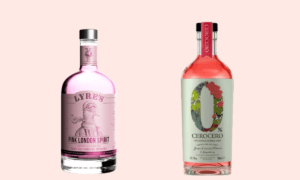

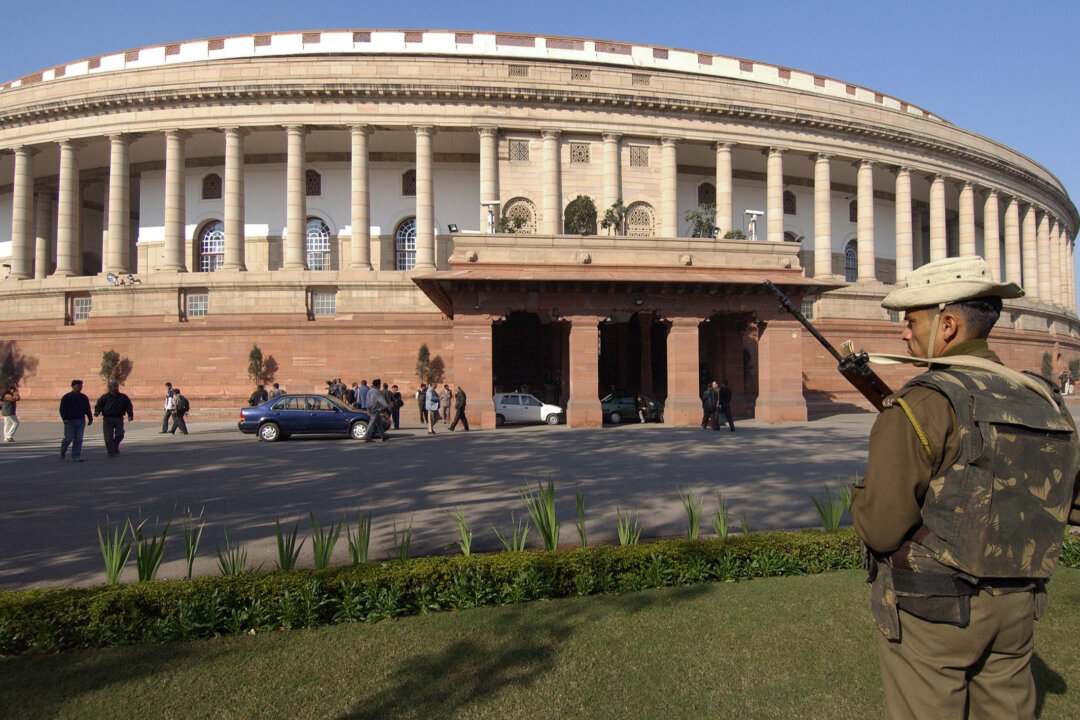

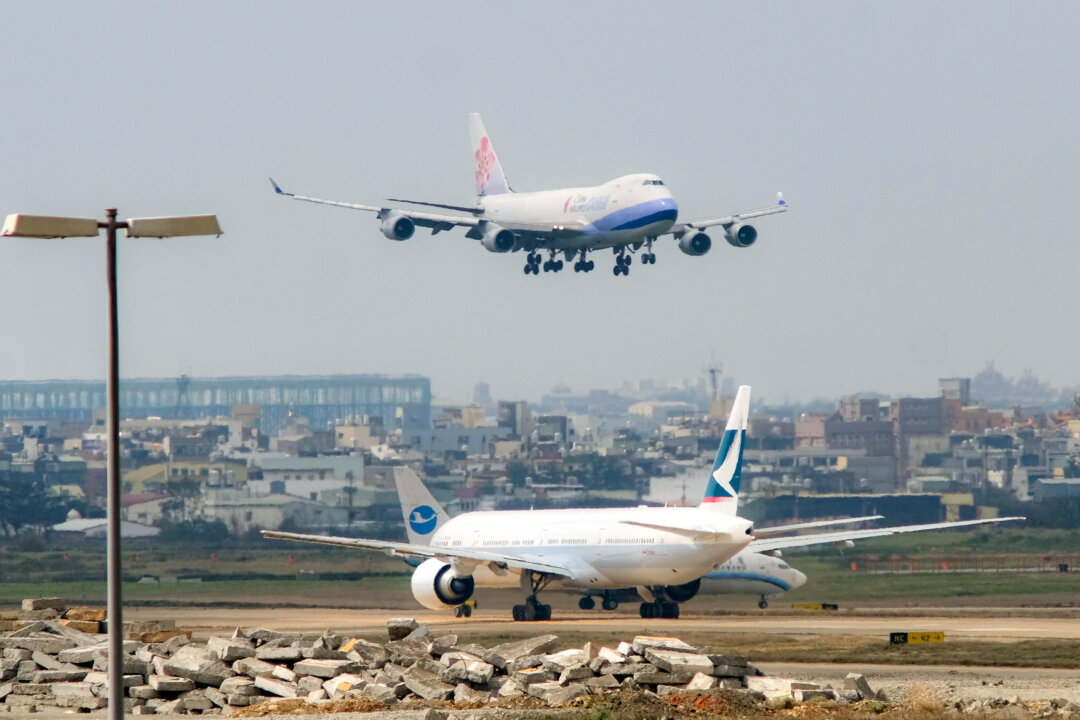
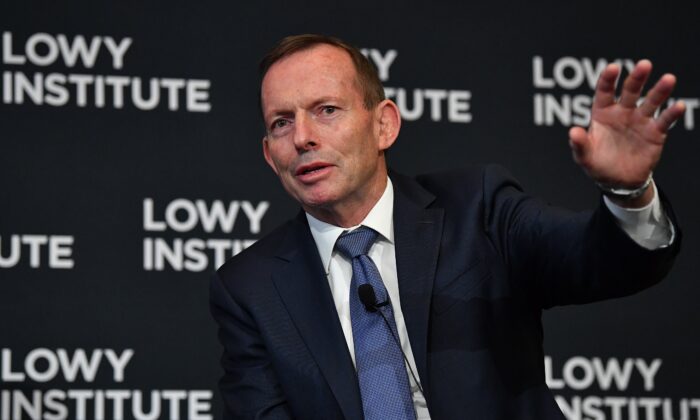
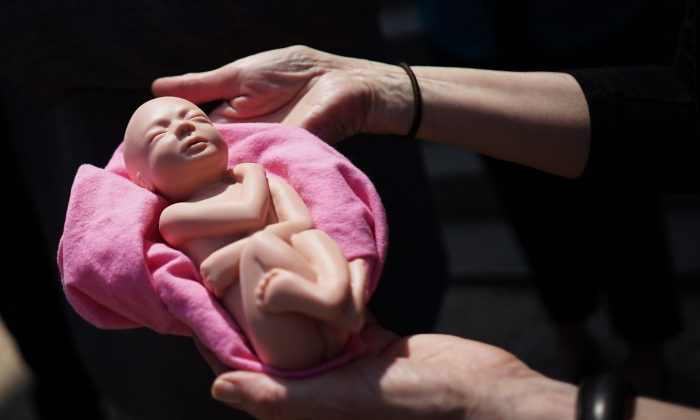
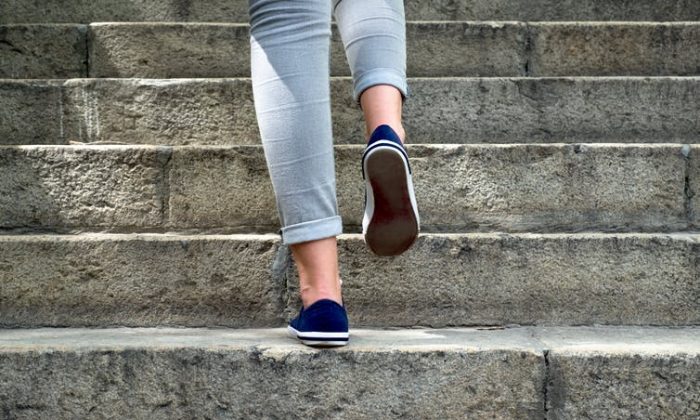

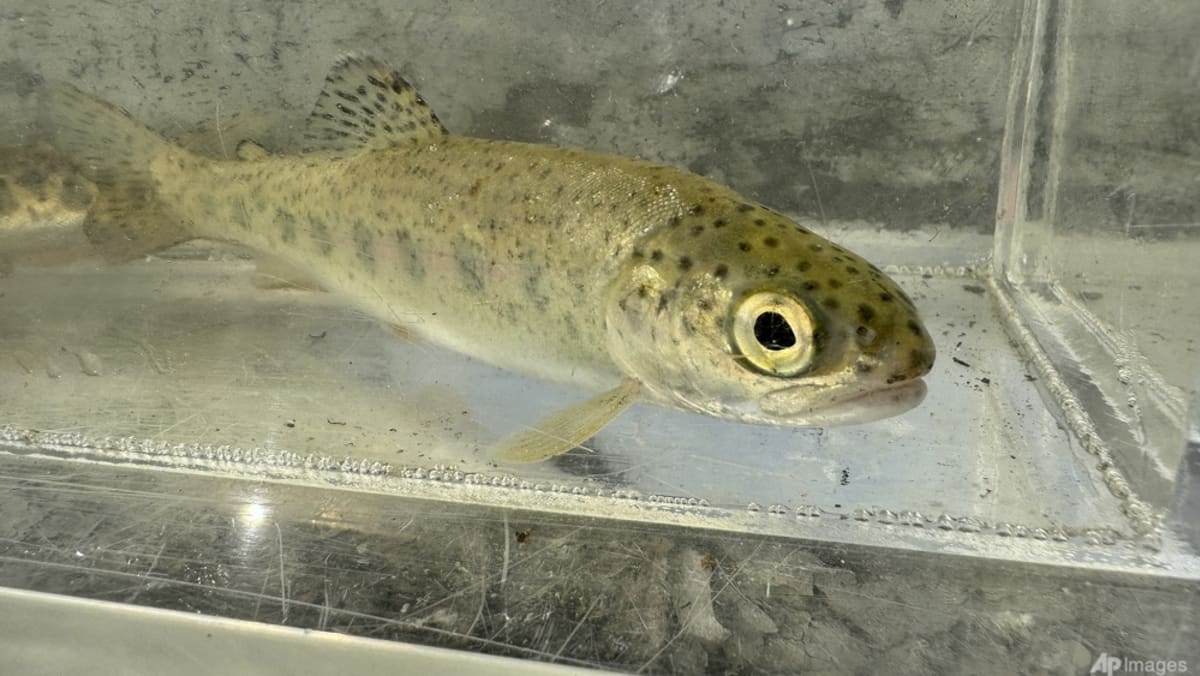



 English (US) ·
English (US) ·  Turkish (TR) ·
Turkish (TR) ·